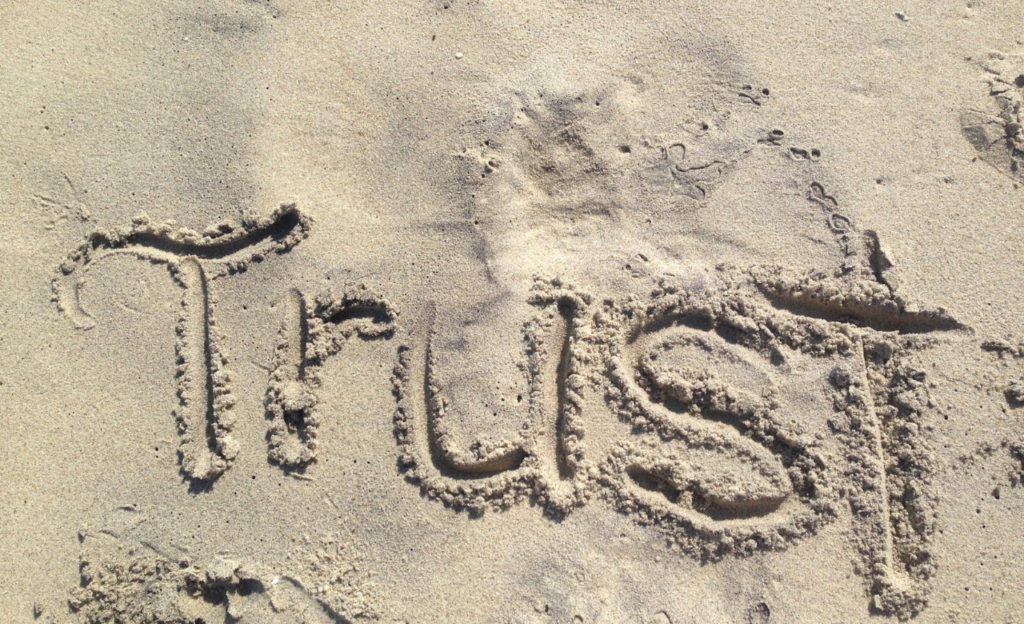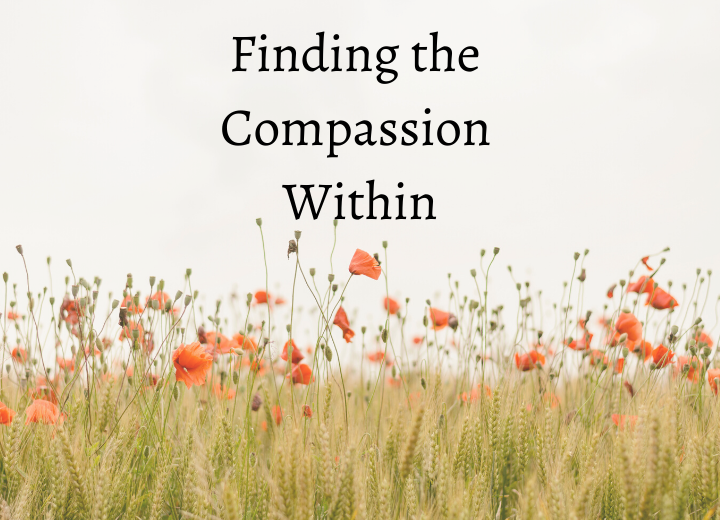Ep. 151: Coming Out of COVID-19

Welcome back to another episode of Your Anxiety Toolkit. Today I want to talk with you all about the feelings of uncertainty you may have coming out of COVID-19.
As we slowly begin to move out of quarantine, a lot of my patients and clients have started to talk about how scary it is to go back into life because there are so many uncertainties.
Coming out of a difficult time requires us to accept change while staying in the uncertainty. When we begin coming out of COVID-19, we must face this sort of uncertainty, not knowing whether it will stay or whether it will get better or if it will come back. What is it going to look like in six months? What is it going to look like in a year? These are the questions we are all asking and because we are asking those big, big questions, we are going to have big, big emotions about them. Having these big emotions does not mean that you are not handling this well. It doesn’t mean that there is something wrong with you. My hope is to give you permission to have them. My second wish is to ask you to please not judge yourself for what you experience as you begin coming out of COVID-19. If those big emotions show up, before you judge yourself gently say, “It’s okay. It’s okay that I feel this. I’m allowed to feel these emotions.”
Remember, it is normal to feel anxiety. You might have anxiety about having to go back to seeing people in person. You might have anxiety about having to find a new rhythm to life. You may have been secretly benefiting from quarantine because it meant that you didn’t have to be around the thing that scared you before COVID-19. If you have been lucky enough to not see the thing that frightens you, I really urge you to go right back into staring that fear in the face as soon as possible, because the longer you delay it, the harder it’s going to get.
The thing to remember about anticipation is that is ultimately just about the uncertainty. It’s about leaning in and saying, “Okay, I radically accept that I don’t know. I’m going to take one step at a time. I am not going to beat myself up. I’m going to do my best to be non-judgmental. And I’m going to try and find a glimpse of joy along the way.” I’m going to look for those teeny tiny shimmers of joy that may be along the way. I still believe that when we open our eyes to joy, we can find it, even if it’s once a day.
So, I hope you go with intention and give yourself permission to have all the feels.
ERP School, BFRB School, and Mindfulness School for OCD are all now open for purchase. If you feel you would benefit, please go to cbtschool.com




